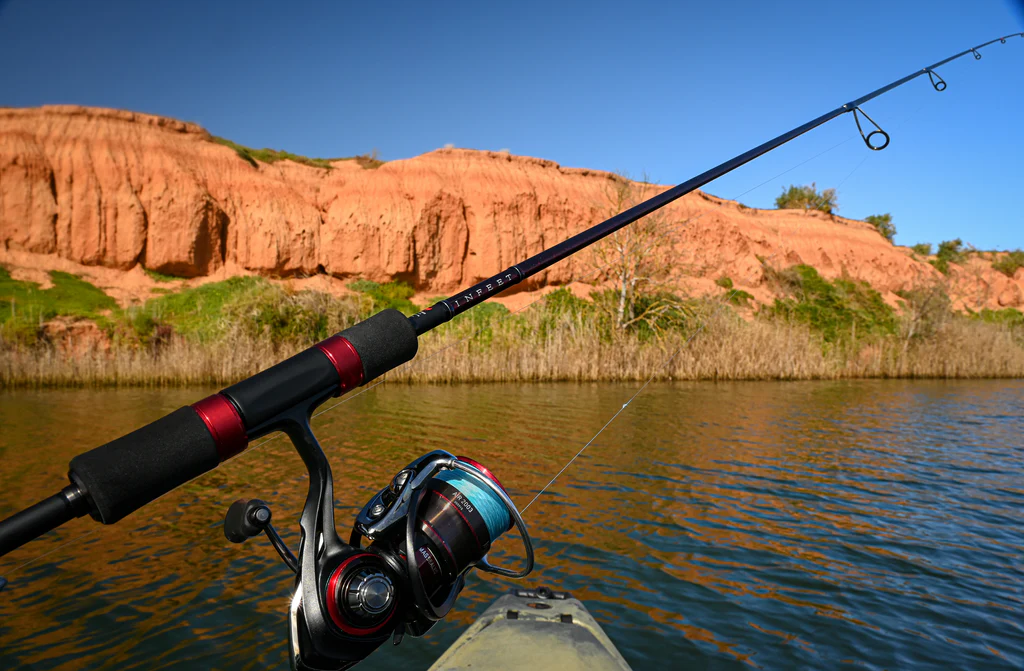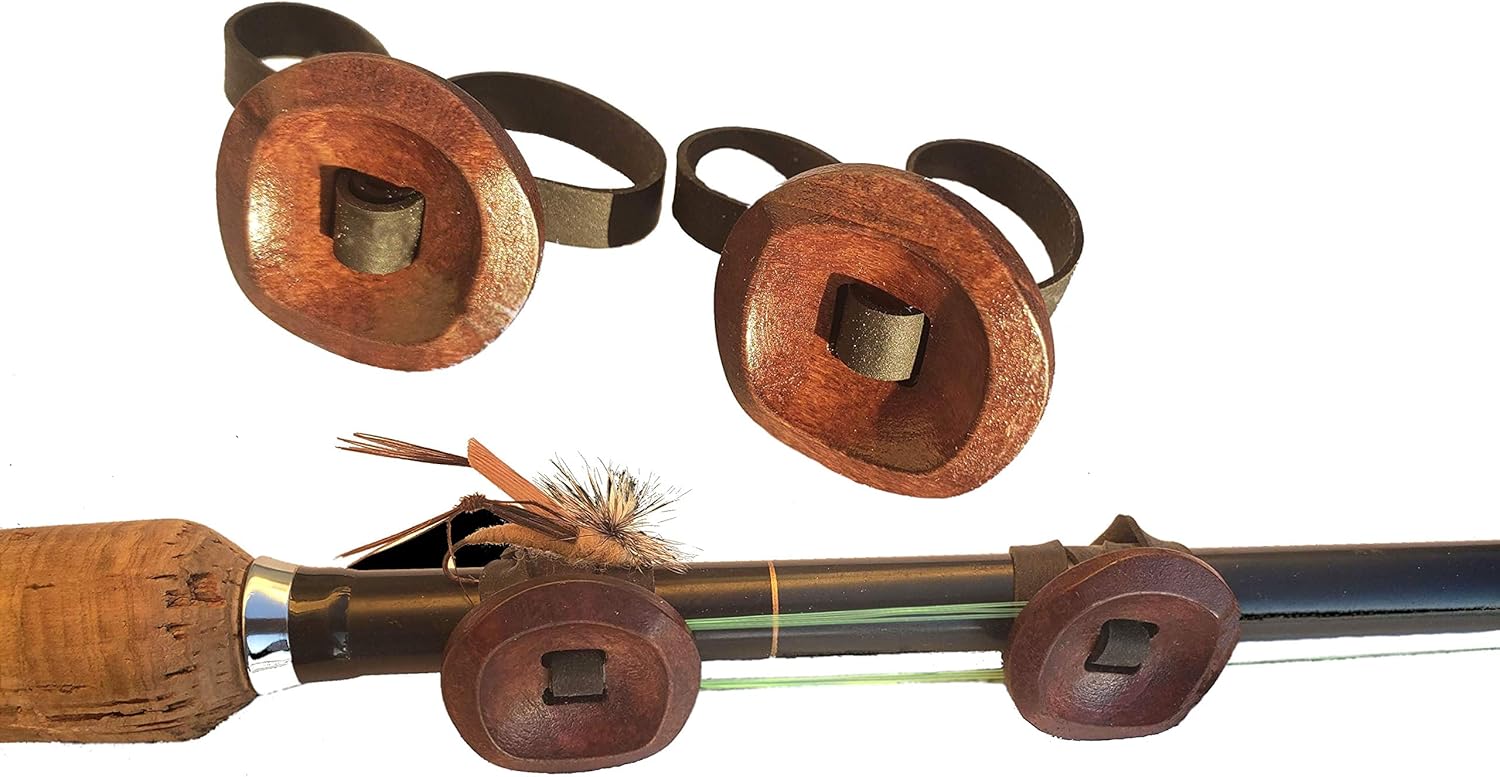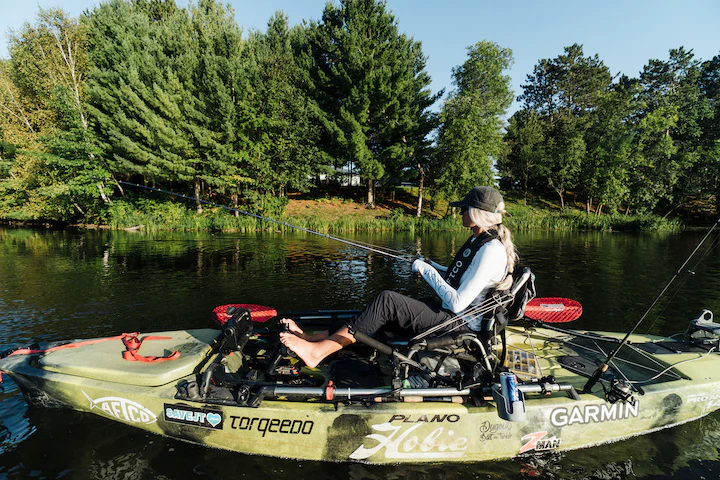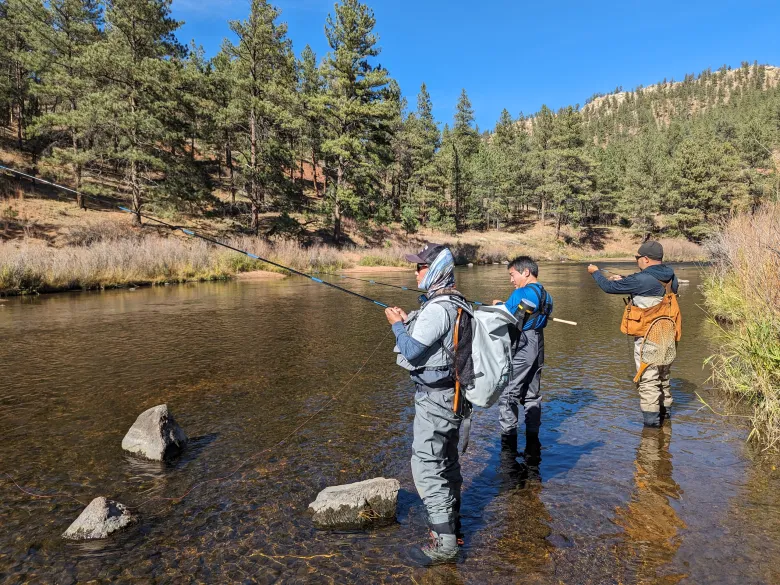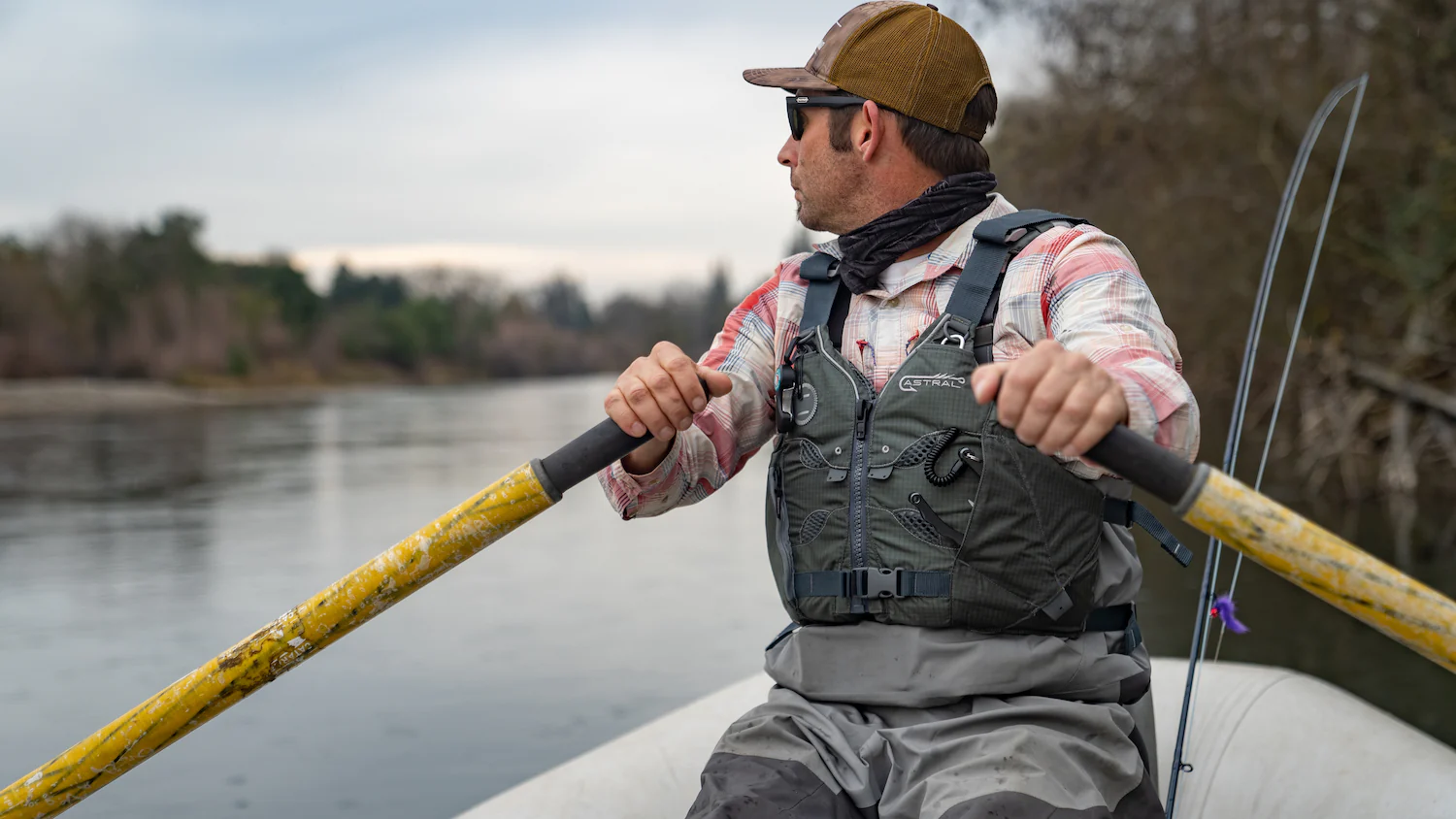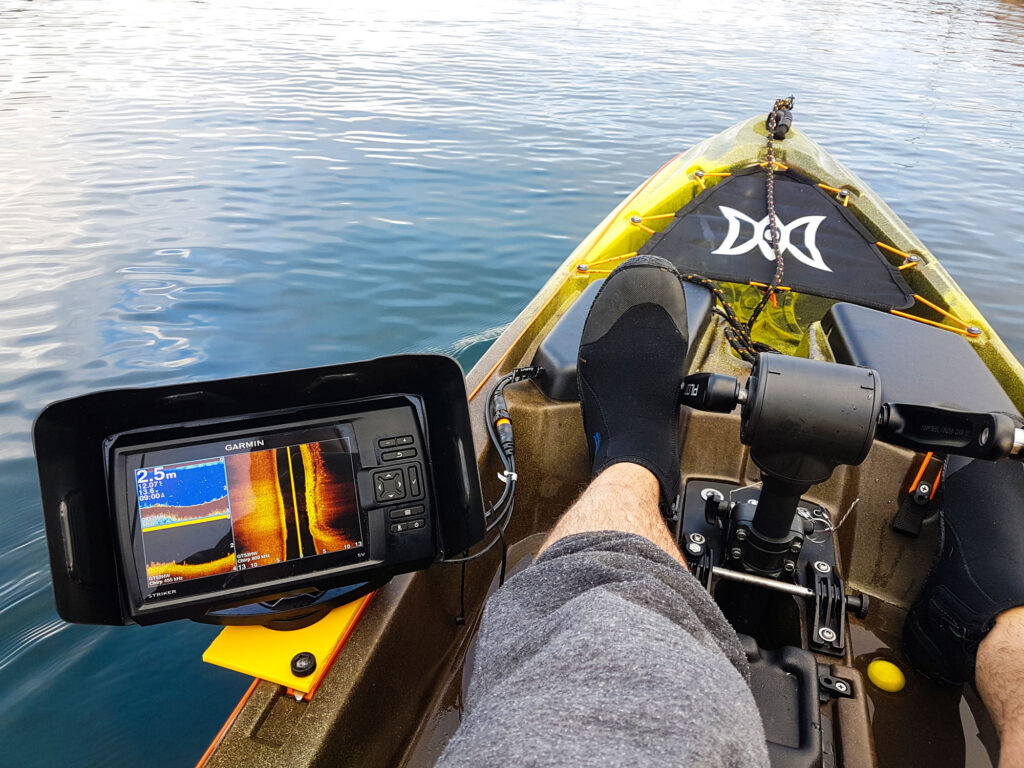Table of Contents
What is a spinning rod?
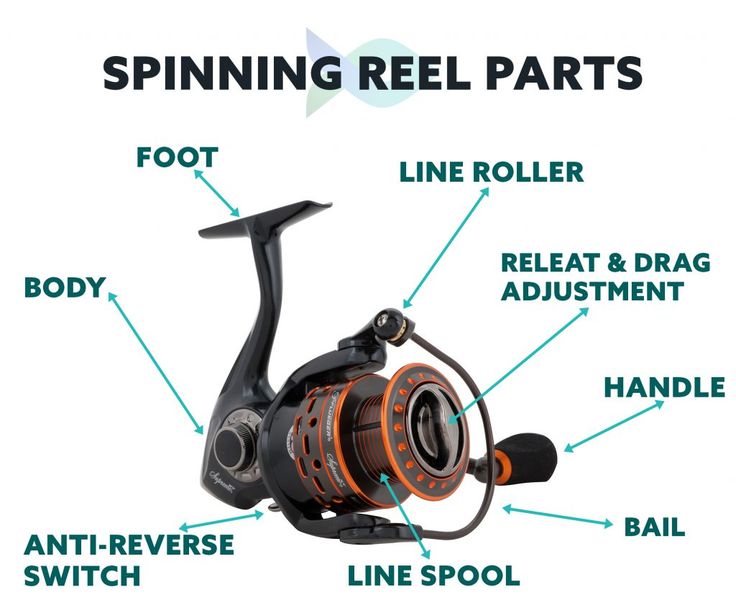
A spinning fly rod is distinguished by its guides. They face downward, hanging beneath the rod. This allows the weight of the line, lure, or bait to pull the line through the guides smoothly. This design helps beginners. It reduces tangling and simplifies casting. Spinning rods are often lighter and more flexible. They are a versatile choice for targeting small to medium-sized fish. They are also easier for long casts with light lures or bait.
Also, the best spinning reels and rods have an open-faced reel under the rod. This matches the guide’s orientation and keeps the rod balanced in hand. The ease of the reel mechanism allows for quick and efficient line release, which aids in precision casting. Anglers prefer saltwater spinning rods for lighter lines and lures. They are best for finesse fishing techniques, like drop-shotting for bass or float fishing in rivers.
What is a spinning rod used for?
Spinning rods are very versatile. They suit many fishing techniques and environments. They are perfect for both freshwater and saltwater fishing. They let anglers chase species from trout to bass and some small saltwater fish. Spinning rods are great for light tackle fishing. They are often used to present live bait or lures to fish in a natural way. Their design allows precise lure placement. This is vital when fishing in crowded areas or near specific structures.
Also, bass spinning rods are best for techniques like jigging. This involves working the lure vertically in the water. They are also good for finesse applications, where subtle, sensitive presentations are needed to entice wary fish.
Novices prefer spinning rods for their ease of use and quick learning curve. Seasoned anglers value their adaptability and control over light lines and lures. This is especially true in tough conditions that require a gentle touch and precise casting.
What is a casting rod?
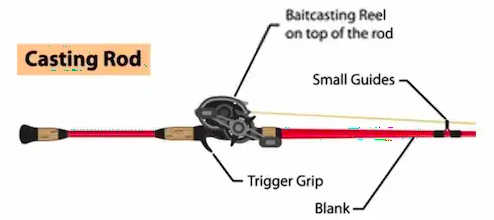
In contrast to spinning rods, casting rods are designed to work with casting reels, also known as baitcasting reels. These rods are configured to have the reel and guide on top, providing a greater degree of control during the cast. This setup demands more skill from the angler. The thumb is often used to regulate the spool and line flow. Once mastered, this offers a high level of precision.
Casting rods are favored for their ability to handle heavier lines. They can cast larger, heavier lures at great distances with ease. Anglers who rely on strong, direct hook sets, especially for larger freshwater species like pike or bass, often choose casting rods. They want the strength and control these rods provide, especially when fishing for inshore saltwater species.
Also, casting rods excel in situations where accuracy is vital. This includes flipping lures into tight covers and working baits around fish-hiding structures. Casting rods are generally sturdier. This allows for more power and direct pressure during the retrieve and hookset.
Techniques specific to casting rods include pitching, flipping, and cranking. Using a casting rod has a steep learning curve. There’s a risk of backlash or a “bird’s nest” in the reel. But, with experience, the benefits become clear. They are invaluable for anglers looking to improve their skills.
What is a casting rod used for?
A casting rod is for precision angling. It allows careful lure manipulation to attract game fish. The reel and guides allow precise control. They let the angler place lures exactly where needed. This minimizes water disturbance and avoids spooking fish.
This method works well in areas crowded with obstacles, like submerged logs, weed beds, or docks. It is crucial to cast precisely into small openings where fish may lurk.
Furthermore, the robust nature of the best casting rods makes them ideal for battling larger and more aggressive fish. When anglers pursue strong-fighting species like largemouth bass, northern pike, or some saltwater fish, they need a strong casting rod. It provides the power to set the hook and fight the fish. This strength, plus the heavy lines that casting rods can manage, means less risk of line breaks. It also boosts the chances of landing the target fish.
Can you use a casting rod or a spinning rod for the same thing?
Speaking technically, yes, you can use a baitcaster rod or spinning rod for the same purpose. However, as discussed earlier, each rod type has unique strengths. They make it better for certain angling techniques.
For example, while you could technically use a spinning rod for techniques like pitching or flipping, it would not be as effective as a casting rod due to its placement of the reel and guides. A casting rod could work for drop shot or finesse fishing. But, it may not be as sensitive as a spinning rod. Its heavier, stiffer build makes it less delicate.
Ultimately, the rod type depends on personal preference. It should suit the angler’s style and the targeted species. Some may prefer the ease of use and versatility of a spinning rod, while others may appreciate the power and precision of a casting rod.
Spinning rod Vs. Casting rod: Which one is for me?
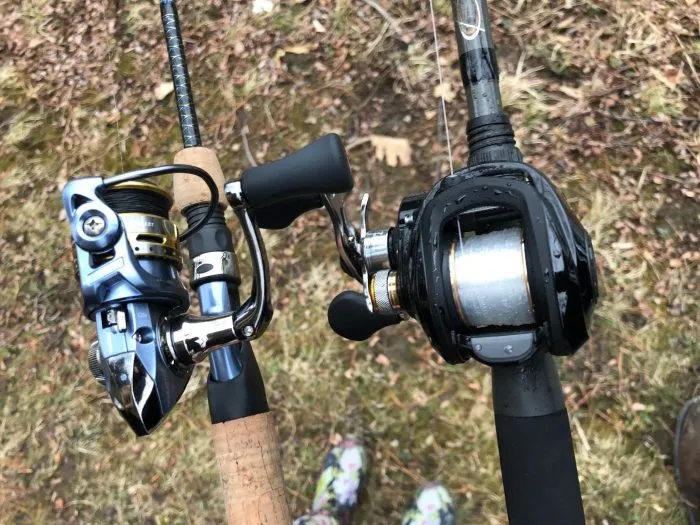
Choosing between a spinning rod and a baitcaster rod largely depends on your fishing style, your target species, and the techniques you plan to use. Beginners generally favor spinning rods. They are easy to use. They cast well, suit various conditions, and work with lighter lines and lures.
They’re excellent for targeting smaller species and employing finesse techniques. A key advantage is their ability to cast lightweight lures far and accurately. This is often vital when fishing for wary, small-mouthed fish.
In contrast, casting rods appeal to those anglers who seek precision and control with heavier lures and lines. If you’re aiming for larger, stronger fish that demand tough battle and heavy gear, a casting rod might be your best bet. It allows for more accurate lure placement. This is crucial when fishing in covered areas, like lily pads, docks, or submerged timber.
Also, casting rods are very strong. So, they are ideal for aggressive techniques, like flipping, pitching, or using topwater lures. The best choice will match your comfort and fishing goals. It should help you enjoy and succeed in your angling.
Spinning rod and Casting rod: Price comparison
When it comes to pricing, spinning rods are usually less expensive than casting rods. This is because they have fewer components and a simpler design, making them cheaper to manufacture. However, there are also high-end spinning rods that can be more costly than lower-end casting rods.
Baitcaster rods, on the other hand, tend to be pricier due to their more complex design and construction, as well as the added features and technology. They are also often used for targeting larger and more demanding fish, which require stronger and more durable materials.
Whether you choose a spinning rod or a casting rod, it’s important to consider your budget and what you can afford. Keep in mind that investing in a high-quality rod will ultimately save you money in the long run, as it will last longer and perform better.
Wrapping up!
To summarize, there isn’t a clear winner in the spinning rod vs. casting rod debate. Both have strengths and different purposes. So, know your fishing needs before deciding. If you’re still unsure, consider trying out both types of rods to see which one feels more comfortable and effective for you. Remember that, ultimately, the best rod is the one that helps you catch fish and have a great time on the water. Happy fishing!


